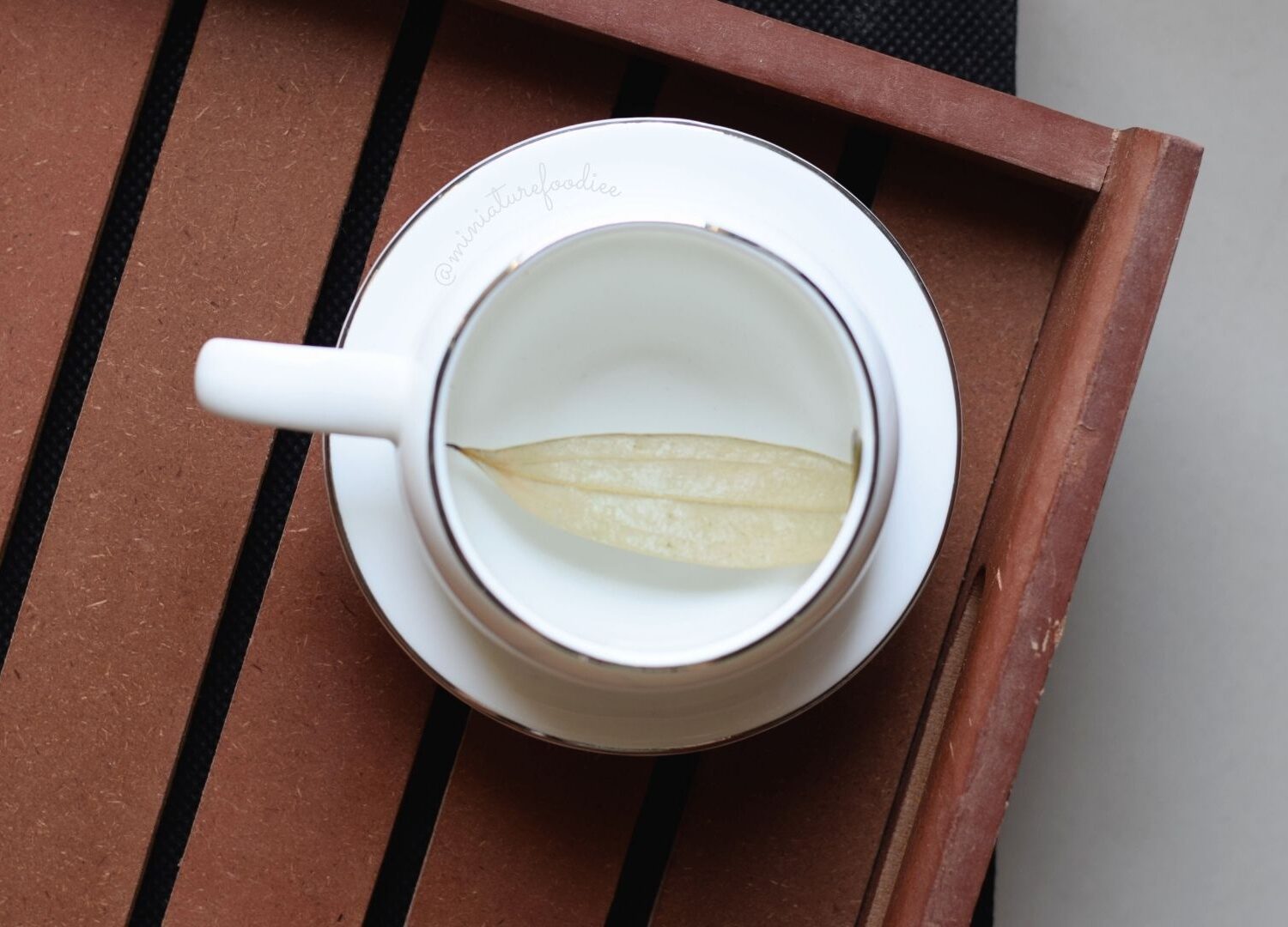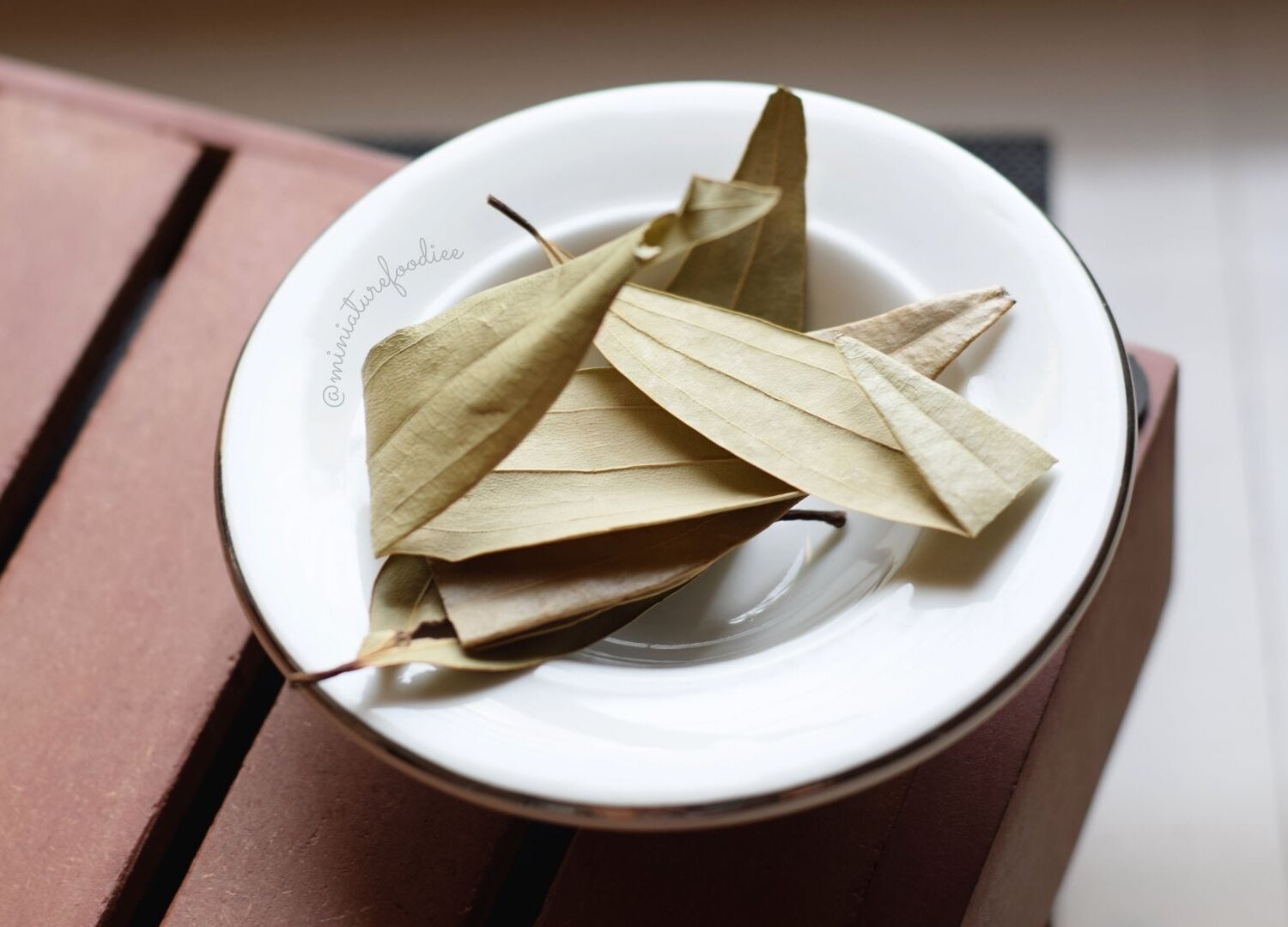Ever wondered if the fragrant leaves that add depth and complexity to your favorite curries and stews are little powerhouses that can also be enjoyed as a soothing and potentially health-promoting tea? Buckle up, because we’re diving deep into the world of bay leaf tea, exploring its history, health benefits, and how to brew your cup of goodness.

A Look at Bay Leaf and Bay Leaf Tea
Bay leaves come from a tree called the laurel tree. This tree has been around for a very long time and has a special history. In ancient Greece, people used to give laurel wreaths to winners as a way to show honor and achievement. These wreaths were made from laurel leaves. Bay leaves are also used in cooking. People have been using them in recipes for hundreds of years. When you add bay leaves to broths, stews, or marinades, they give a unique smell and flavor.
But here’s something interesting: bay leaves aren’t only for savory dishes! Recently, people have started making bay leaf tea. To make this tea, you steep dried bay leaves in hot water. It doesn’t have any caffeine, and it has a mild, slightly peppery taste. You can enjoy it plain or add a little honey or lemon for extra flavor.

Bay Leaf Tea: A Symphony of Health Benefits
Studies suggest that bay leaf tea might offer a range of health advantages. Here are a few:
- Aiding Digestion: People have been using bay leaf tea to help with digestion. Some think it can make your digestive system work better, reduce bloating, and even ease constipation.
- Blood Sugar Management: Early research shows that bay leaf tea might help control blood sugar levels. This could be good news for folks managing diabetes or pre-diabetes.
- Sleep Support: Feeling stressed or unable to relax? Bay leaf tea could be your secret weapon! Some studies suggest it has calming properties that promote relaxation and improve sleep quality.
- Kidney Stone Relief: Bay leaf tea acts as a natural diuretic, which means it can increase urination. This might help flush out toxins and kidney stones.
- Antioxidant Power: Bay leaves are like little warriors—they’re packed with antioxidants. These molecules fight against free radicals in your body and may protect your cells from damage.
It’s important to note that more research is needed to confirm these potential benefits. If you have any underlying health conditions, be sure to consult with your doctor before adding bay leaf tea to your routine.
How to Brew Bay Leaf Tea
Method to make Using Dried Bay Leaves

- Ingredients:
- 2-3 dried bay leaves
- 1 cup boiling water
- Honey or lemon (optional)
- Instructions:
- Place the bay leaves in your favorite mug or teapot.
- Pour the boiling water over the leaves and let them steep for 5-10 minutes, depending on desired strength.
- Strain the tea and enjoy!
- For a touch of sweetness, add a drizzle of honey or a squeeze of lemon.
Method to make Using Fresh Bay Leaf
- Ingredients:
- 4-5 fresh bay leaves
- 1 cup boiling water
- Honey or lemon (optional)
- Instructions:
- Wash the fresh bay leaves thoroughly.
- Place the leaves in your mug or teapot.
- Pour the boiling water over the leaves and steep for 5-10 minutes.
- Strain the tea and enjoy!
- Fresh bay leaves can have a stronger flavor, so adjust the steeping time to your preference.
Remember, these are just starting points! Feel free to experiment with different steeping times, sweeteners, and even add a sprig of fresh rosemary or thyme for a unique twist.
FAQs:
- How much bay leaf tea is safe to drink? There isn’t a one-size-fits-all answer, but most experts recommend limiting yourself to 2-3 cups of bay leaf tea per day.
- Are there any side effects to bay leaf tea? Bay leaf tea is generally safe for most people, but some may experience mild digestive upset. If you experience any discomfort, discontinue drinking the tea.
Bay Leaf Tea Tips: From My Kitchen to Yours
As a blogger who loves exploring the world of natural remedies, here are a few tips I’ve picked up along the way:
- Freshness is key! For the most potent flavor and potential health benefits, use high-quality bay leaves, whether dried or fresh.
- Variety is the spice of life! Experiment with different types of honey or lemon to find your perfect flavor combination.
- Sustainability matters! If you’re using fresh bay leaves, consider growing your own laurel tree. It’s a beautiful and low-maintenance addition to any garden.
So, there you have it! From its historical significance to its potential health benefits and brewing tips, we’ve explored the fascinating world of bay leaf tea. Whether you’re looking for a soothing digestive aid, a relaxing nighttime drink, or simply a flavorful way to add a touch of wellness to your day, bay leaf tea is a simple and delicious option worth exploring.